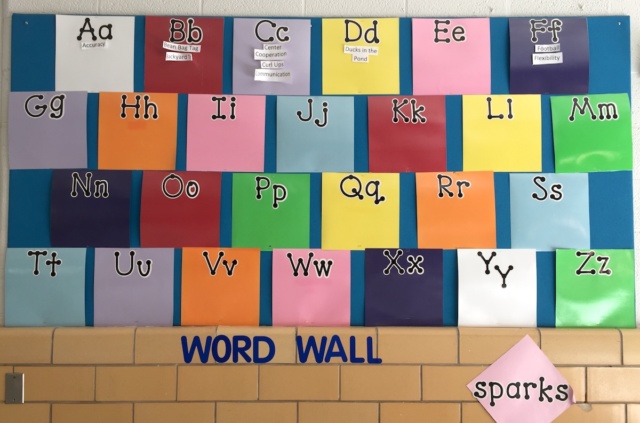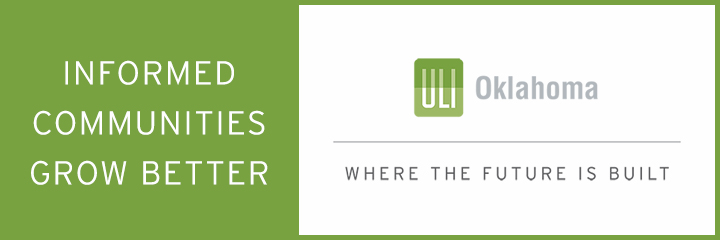

Every once in awhile, we in Oklahoma City should catch our breath, block out Trumpism and take the time to give thanks for immigration.
I was born in the middle of the Baby Boom. We were the luckiest generation — of any nation — in the history of the world. Baby Boomers had more advantages than we could count, and we forget one of our economic leg-ups: Due to the artificially low numbers of immigrants sharing the wealth of 1950s and 1960s “Pax Americana,” Boomers, especially white ones, faced lower competition for good-paying jobs.
The 1980s brought a reminder of the value of immigrants. As Reaganomics and the Penn Square bank collapse wiped out my neighborhood in near-central Oklahoma City, the Hoova set of the Crips street gang took over many abandoned houses. During the crack and gangbanger days that followed, it often looked like American society was crashing. In addition to the AIDs epidemic and America’s support for genocidal generals in Central America, we witnessed the almost-overnight disappearance of many good-paying, blue-collar jobs.
Fortunately, our neighborhood had large numbers of immigrants from previous generations. Longtime residents who came from Mexico and Vietnam were more likely to stick out the crises, and new immigrants were more likely to move into areas that were more multicultural. Sure enough, it was new Hispanic immigrants and newcomers from a panoply of nations who became the urban homesteaders that stabilized Central Park.
MAPS, children of Hispanic immigrants stabilize OKCPS
The next decade could have brought the collapse of the Oklahoma City Public School System. In the wake of desegregation, the student population of the OKCPS, which had been 73 percent white, dropped from 71,000 in 1970 to under 40,000. During the age of white flight, only three annual school bond issues were passed, and the schools were collapsing. During MAPS for Kids, I visited schools across the district and saw vines growing inside classrooms and coming through broken windowsills, as well as the flooding that occurred inside our schools after rains. During the MAPS for Kids campaign, which we knew to be a political battle for the survival of the OKCPS, the system was about 20 percent Hispanic.
MAPS stabilized the OKCPS, even though it had come too late to stop many of its schools’ decline. Even as we began to rebuild the system, MAPS leaders were informed that 3,000 white and 3,000 black students had recently left the system. That represented the immediate loss of one-sixth of the student population and per-pupil funding. If this tide continued, how would the OKCPS be able to keep its lights on? Fortunately, 6,000 new Hispanic students quickly took their place. Today, the OKCPS has 41,000 non-charter students, and 54 percent of them are Hispanic.
In other words, it was immigration that saved our public school system.
Student relations differ by age ranks
I first saw immigration from the perspective of a teacher at John Marshall High School, which wasn’t at the center of the process. I had long heard from my students that elementary kids in our area were especially welcoming of immigrants, but that something would go wrong during the chaotic Hoover Middle School years.
In the Marshall hallways, immigrants would keep their heads down and keep moving, pretending not to hear the taunts that were often directed toward them. The column of Hispanics kept shrinking as males would be long-term suspended for finally fighting back. Most of the native-born American kids who beat other kids because they were different were trauma victims themselves, so their behavior might have grown out of their disability. They were mostly protected by their status under the special-education law. Moreover, there were no institutionalized means of protecting the rights of Hispanics, so only the victims of racist bullying were likely to be disciplined.
During John Marshall basketball games and other extracurricular activities, the opposite was on display. Students who attended after-school activities were usually older and more comfortable with themselves and with school. Watching students of all races and nationalities as they hugged, sang, danced and cheered, the best of our school was on display. But they were the survivors. Had a hate crime been attempted around our older teens, they would have rallied in defense. It was during middle school and the early high school years that the silent majority of students lost their voice.
‘Manuel’ helps avert potential black-white tragedy
During the last year at the old John Marshall building, in the new Centennial middle and high school, a near-tragedy encapsulated these dynamics. A white student driver accidently hit a black middle school student who unexpectedly ran across the street. Rumors were flying, and after-school disorder began with the less mature kids. A Mexican immigrant — a linebacker on the football team — investigated the facts and started by sharing that information with upperclassmen, who were his teammates. As adults struggled to regain control, we could see Manuel, as I will call him, lead a delegation of senior athletes to discussions with freshman and sophomore ballplayers. They would spread out across the school property speaking with middle schoolers. Occasionally, Manuel or one of his recruits would run up to me and ask whether I had any advice, but all I could say was keep it up, you’re doing great. Within an hour or two, the situation was calm, and a lot of cross-racial conversations were started.
A clear choice
As the election approaches, adults face a clear choice: We can act like middle school students having a bad day, or, surely, we can show the maturity of high school juniors and seniors. A first step would be to take note of the great good that immigrants have contributed to our city and our democracy. We should thank our new Americans and then get to work building an even better country.




















